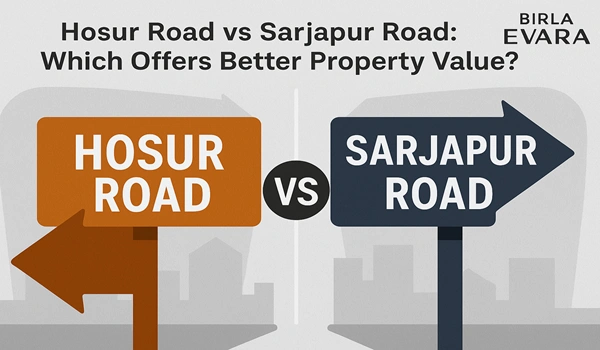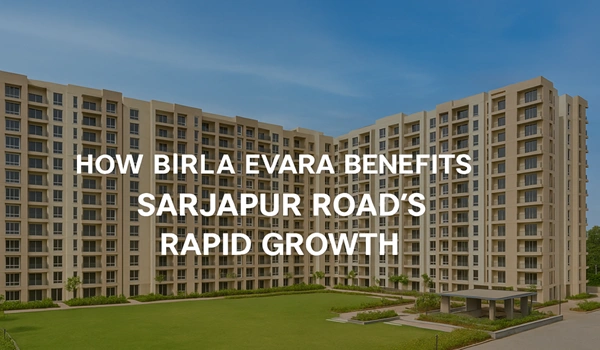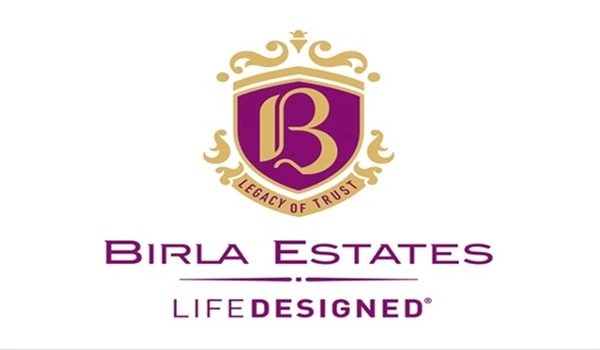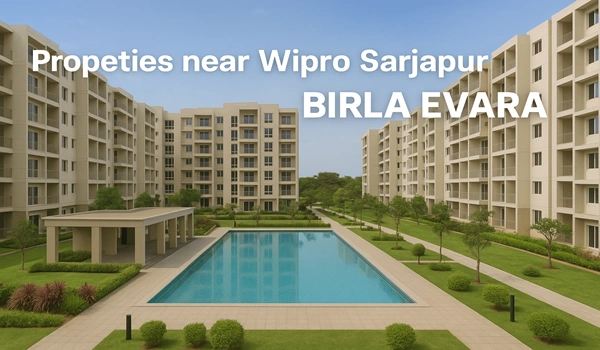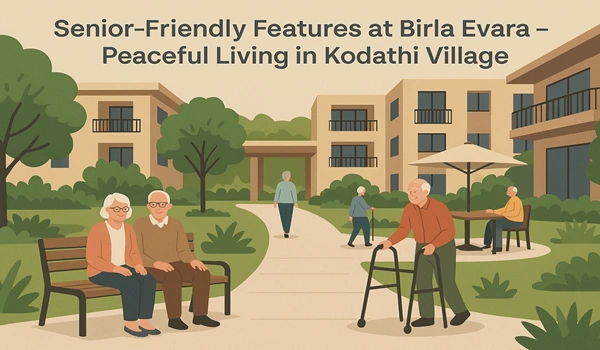The Rise of Digital Detox Zones in Residential Projects
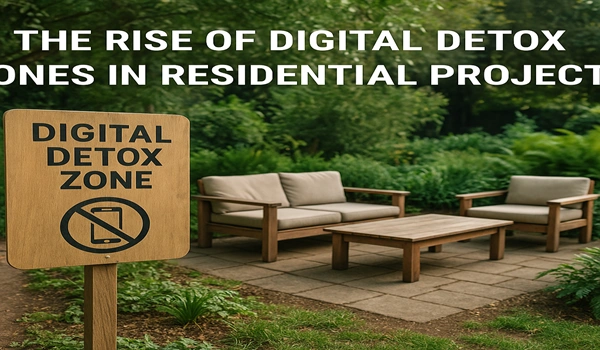
Modern living in Bangalore is defined by constant connectivity. Work, entertainment, social interaction, and even fitness routines are often centered around digital devices. As screen time continues to increase, the need to create healthier boundaries has led to a noticeable shift in residential design—giving rise to digital detox zones within housing communities.
In premium developments such as Birla Evara, located in Kodathi Village off Sarjapur Road, thoughtfully planned common areas are emerging as places where residents can consciously disconnect from their devices. These zones promote wellness, real-world interactions, and a calmer lifestyle.
Digital detox zones are dedicated spaces within residential communities designed to be free from digital distractions. These could be reading corners, green pockets, silent gardens, nature trails, or art areas that encourage people to engage with their surroundings instead of screens.
Such spaces are not about restricting technology, but rather offering balance. The presence of these zones reminds residents of the importance of mindful living, uninterrupted conversations, and leisure time away from devices.
Why Digital-Free Spaces Are Gaining Popularity
- Mental Health Benefits
Spending too much time on screens is associated with anxiety, poor sleep, and reduced attention span. Calm spaces without phones or gadgets promote relaxation and mental clarity. Just a few minutes in a digital detox zone can reduce stress and improve focus.
- Improved Social Interaction
When people are free from phones or tablets, conversations become more meaningful. These zones often serve as meeting points for families, friends, and neighbors to connect in person, leading to a stronger sense of community.
- Reconnection With Nature
Detox zones often include elements like natural stone seating, water features, or shaded benches. These additions allow residents to enjoy Bangalore’s moderate climate while engaging with the natural world around them.
- Encouragement for Healthy Routines
Screen-free spaces often lead to more physical movement—whether it’s walking in a reflexology garden, practicing yoga under trees, or journaling in a quiet corner. These positive habits promote long-term wellness.
Features of Detox Spaces in New Developments
Projects like Birla Evara are reimagining how urban homes should function. Set in the peaceful surroundings of Kodathi Village, the community blends luxury with wellness through quiet green zones, car-free walking paths, and open-air pavilions. These thoughtfully curated areas are designed to give residents a break from digital fatigue without needing to leave the city.
Developers near Sarjapur Road are now prioritizing such features in layout plans. Multi-purpose decks, reading lounges, and forest-inspired trails are becoming essential components of the master plan—not just aesthetic additions.
Why Sarjapur Road is Ideal for Balanced Living
Located in East Bangalore, Sarjapur Road strikes a balance between urban infrastructure and easy access to nature. While tech parks, international schools, and dining hubs line the main road, quieter pockets like Kodathi Village offer space for more relaxed lifestyles.
This combination makes Sarjapur Road an ideal location for integrated communities that value mental well-being as much as modern convenience.
As lifestyles become increasingly digital, the importance of intentional pauses becomes even more crucial. Residential communities that offer digital detox zones are not just selling homes—they are enabling healthier ways of living. In areas like Kodathi Village, where green space still thrives near the urban core, such initiatives are both timely and necessary.
Projects like Birla Evara represent the shift toward holistic living by creating spaces that support not just shelter, but peace of mind.
